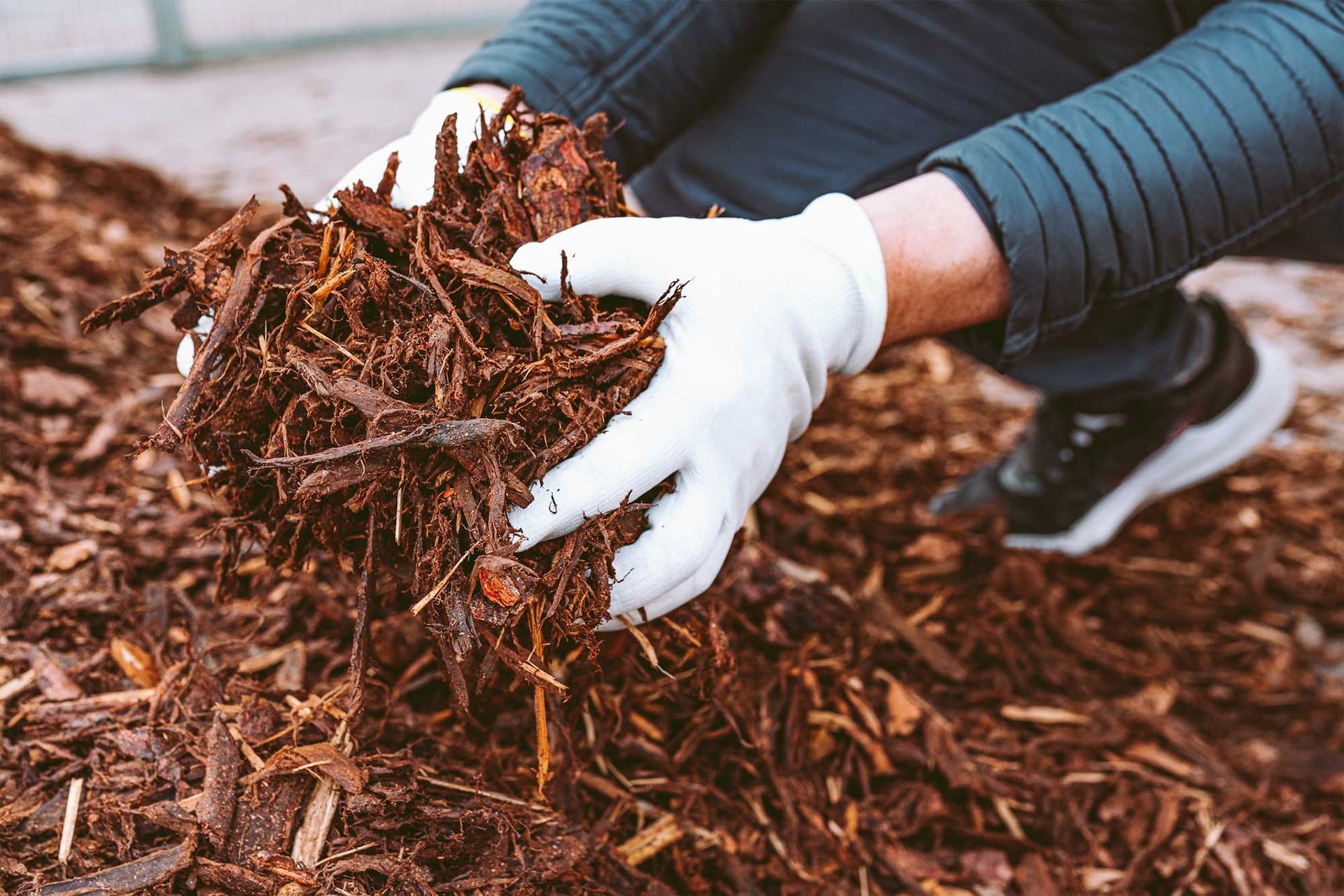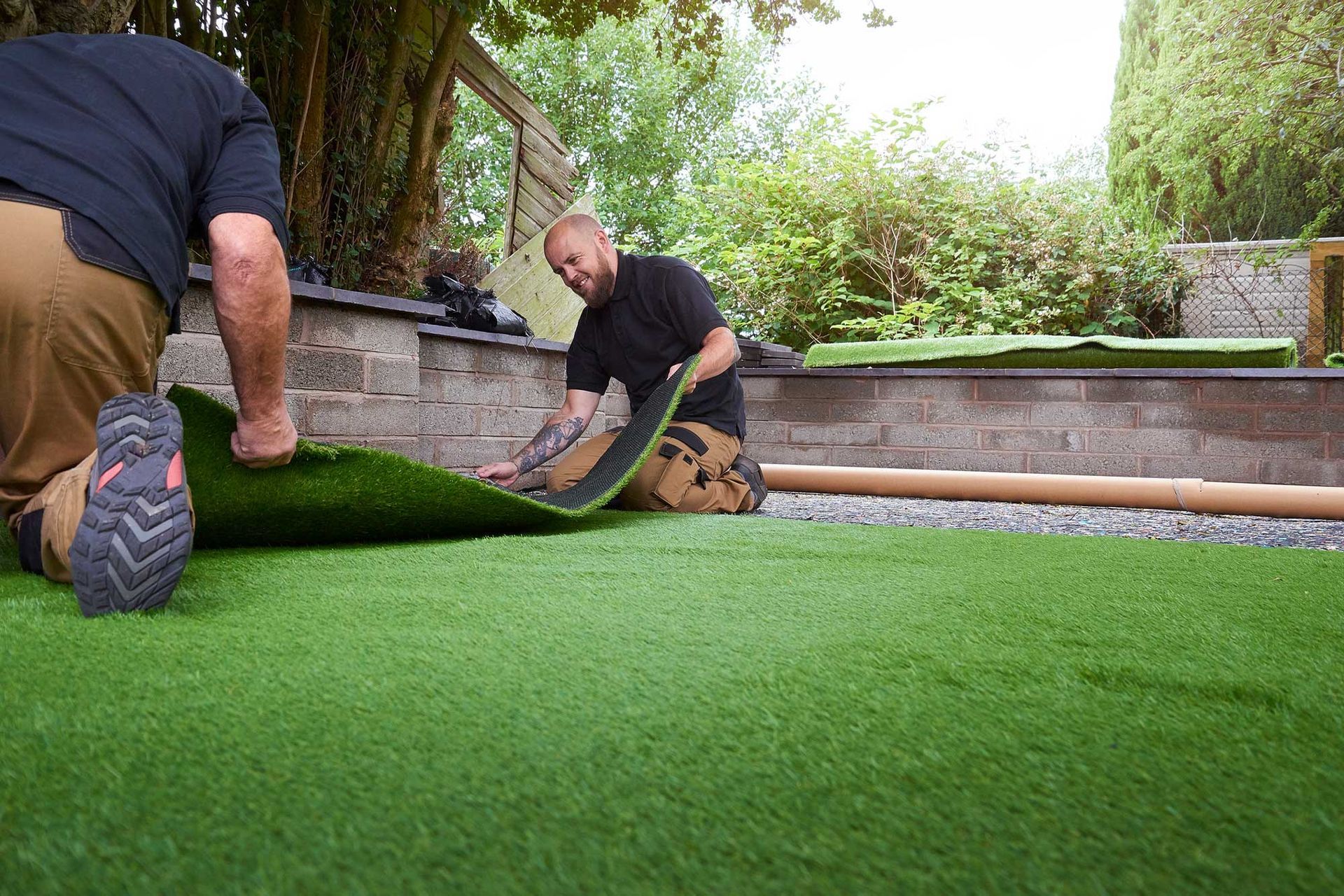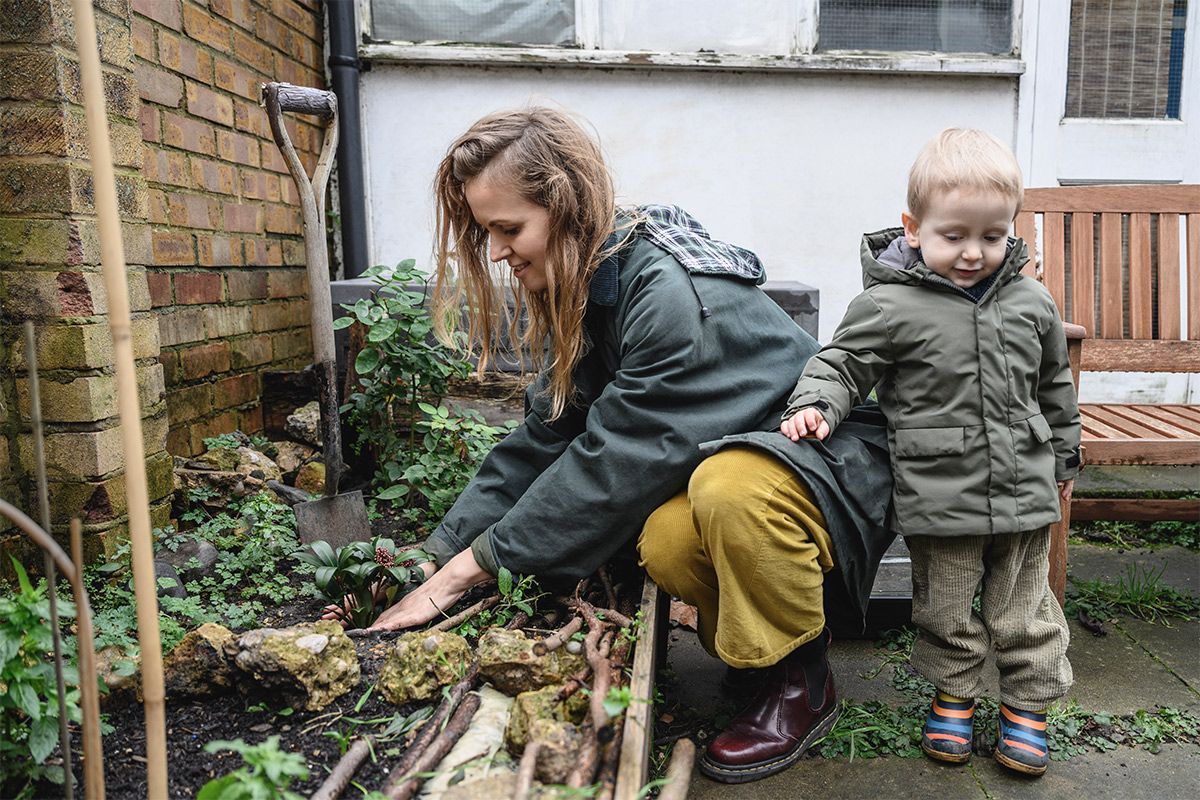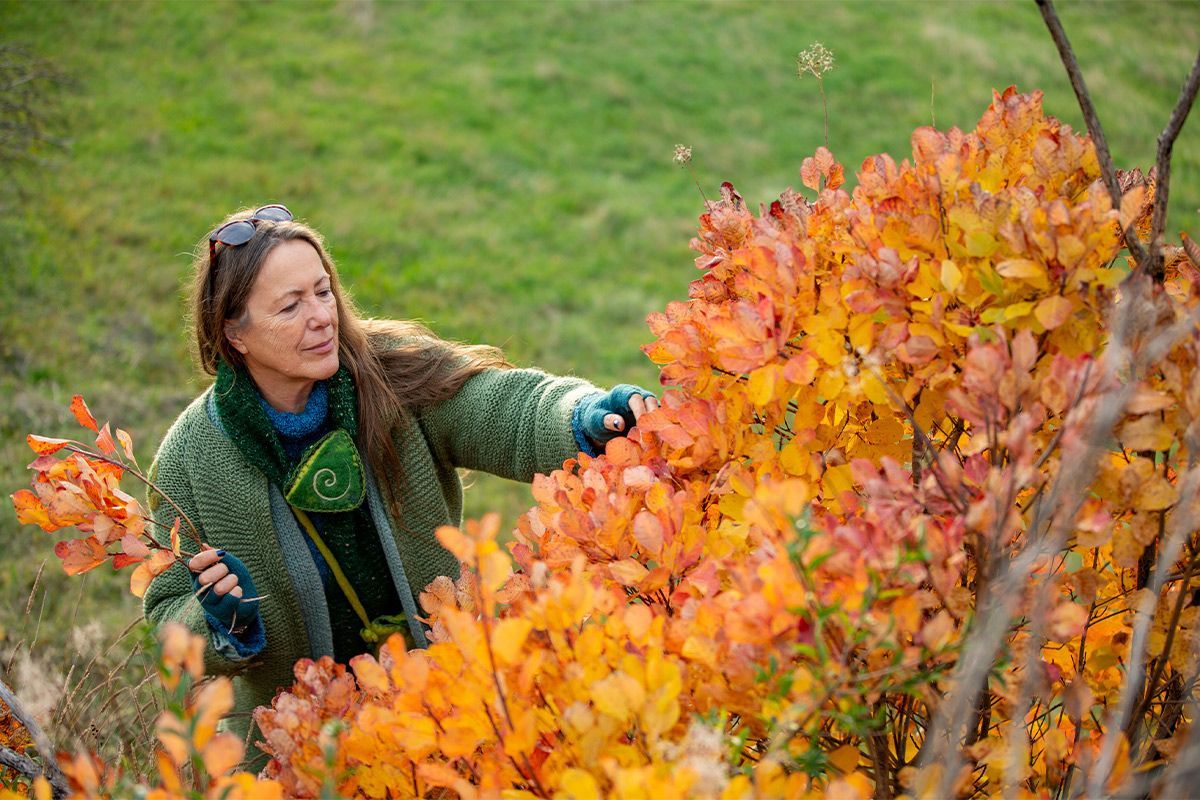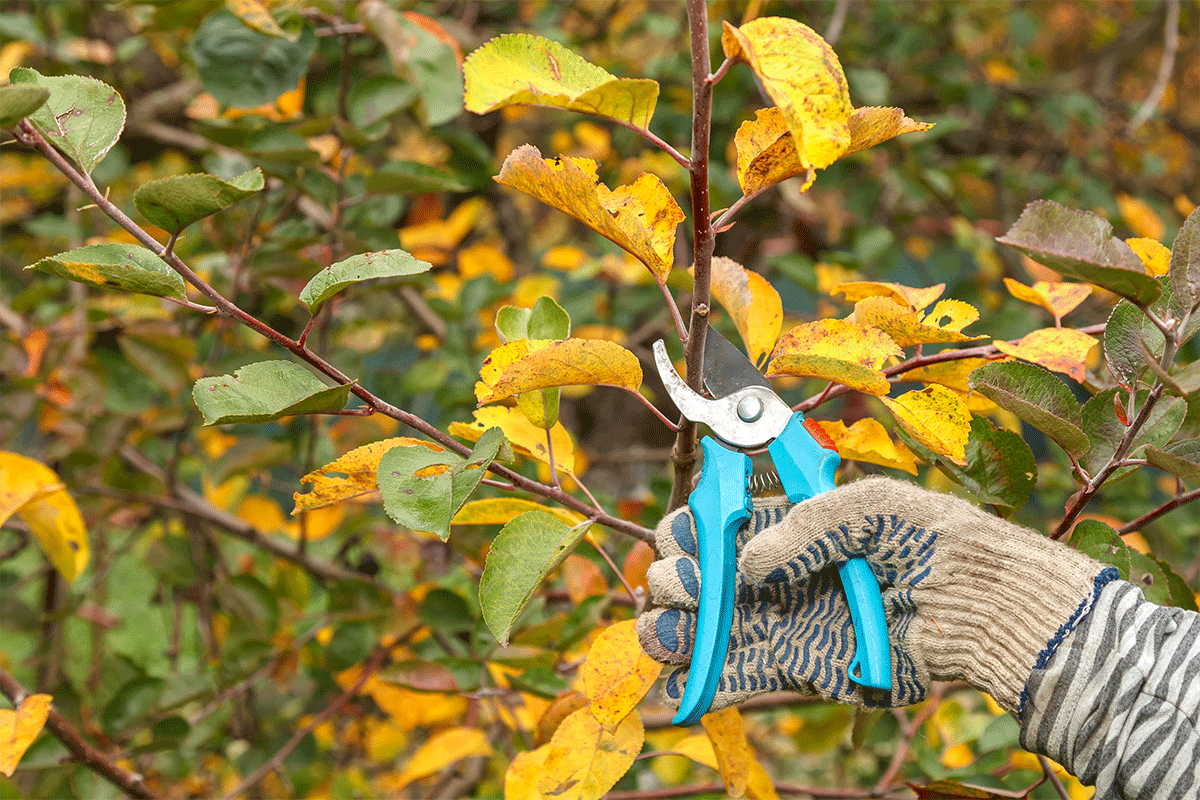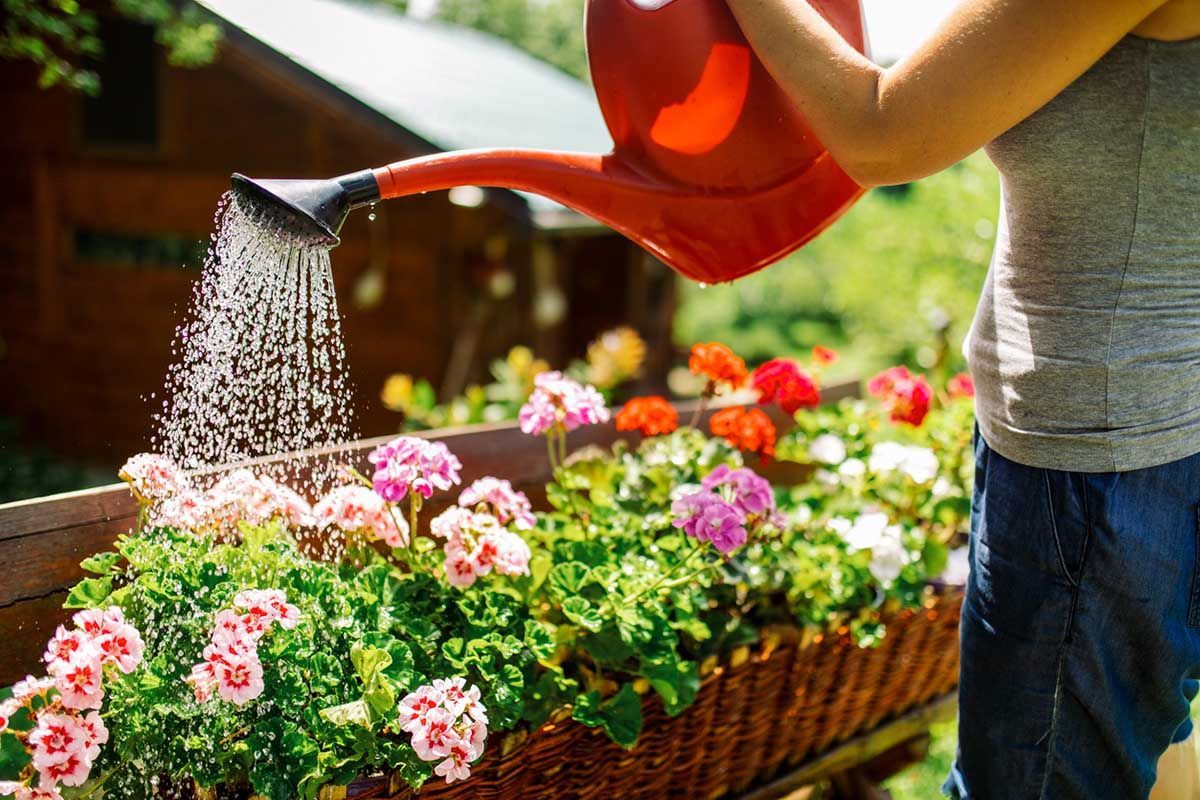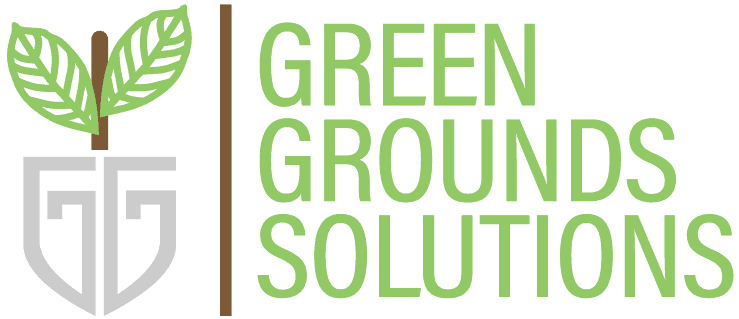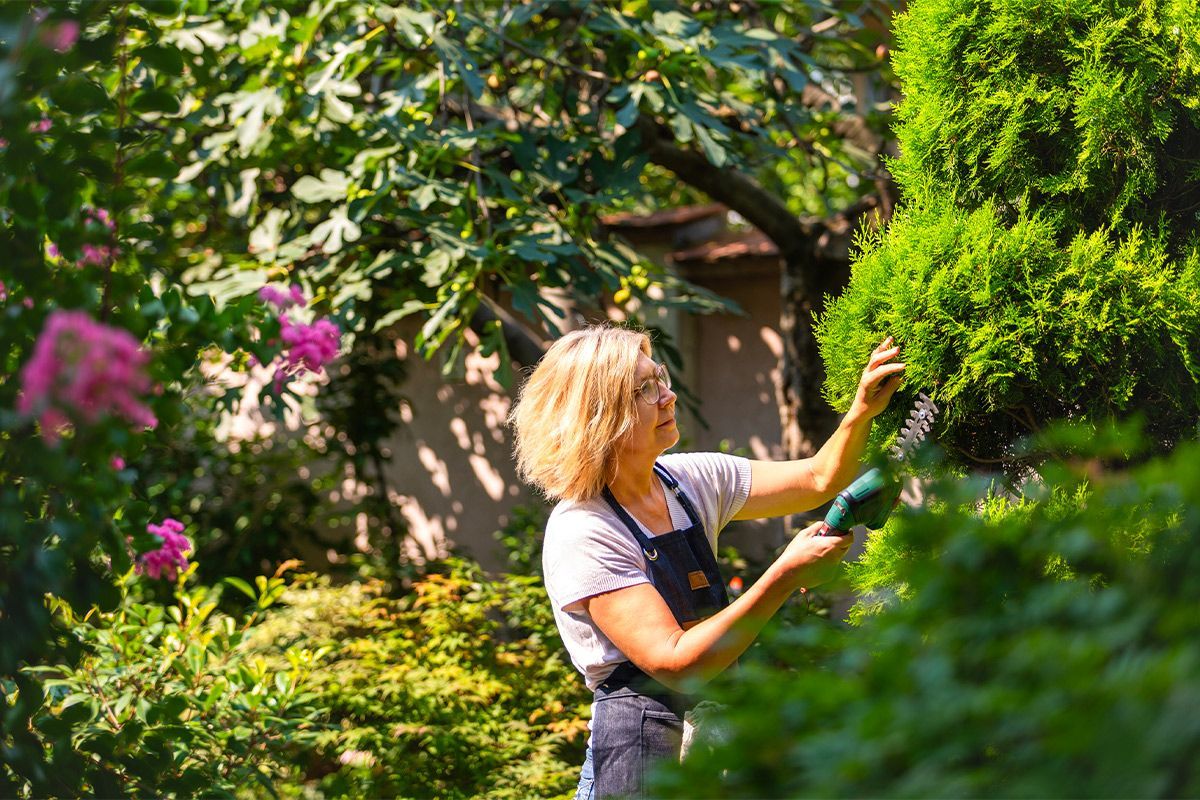Artificial Turf Maintenance: Keeping It Green in the Hottest Months
Artificial turf is a fantastic solution for homeowners looking to maintain a lush, green lawn year-round—especially during the hottest months of summer when natural grass struggles to stay vibrant. While artificial turf requires less maintenance than natural grass, it still needs attention to keep it looking its best throughout the season. Here are some essential maintenance tips for ensuring your artificial turf stays green and pristine, even in the heat of summer.

1. Rinse Your Turf Regularly
One of the simplest and most effective ways to keep your artificial turf looking fresh is by rinsing it regularly. During the summer months, dirt, dust, pollen, and even pet waste can accumulate on your turf, dulling its appearance. A light rinse with a garden hose helps to wash away debris and prevent build-up that could cause your turf to look worn out.
Tip: Use a gentle spray to avoid damaging the fibers. Avoid using high-pressure water as it may disrupt the turf’s structure.
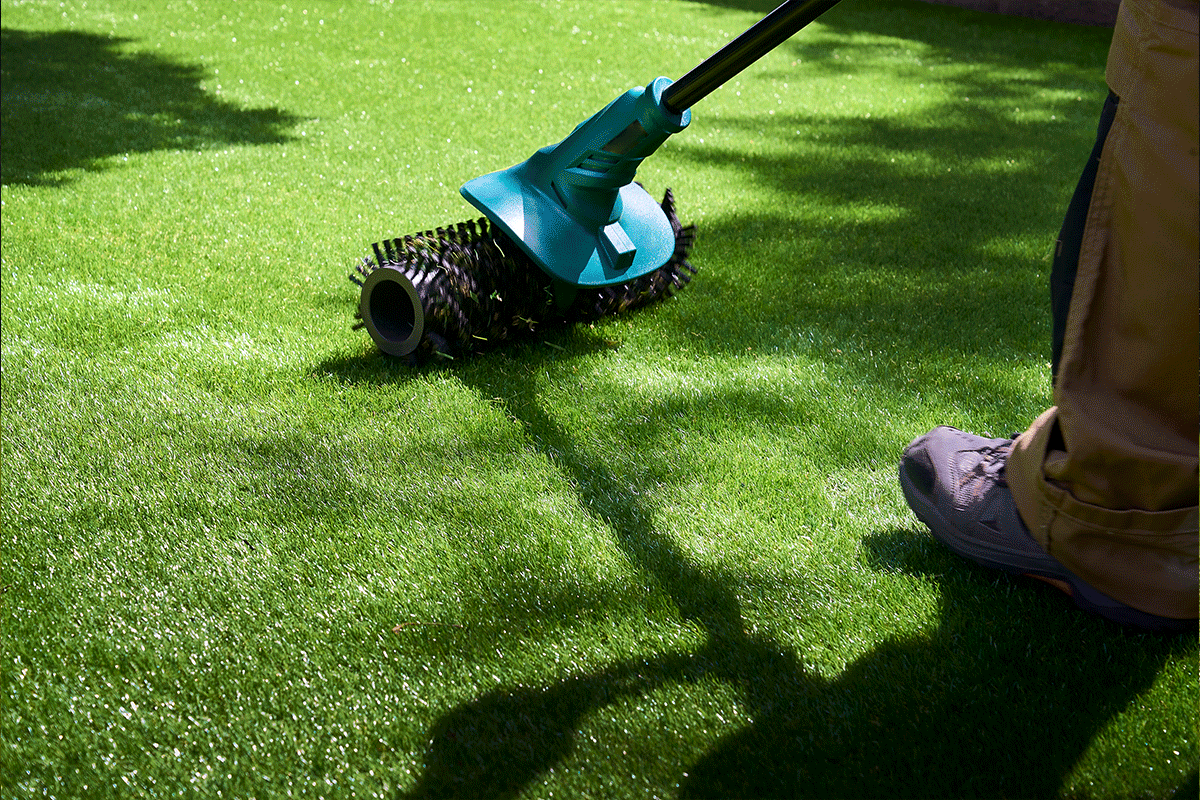
2. Brush Your Turf
Brushing your artificial grass is essential for maintaining its natural look. Over time, the fibers can flatten due to foot traffic, pets, or weather conditions. Brushing helps lift the fibers, restoring the softness and ensuring they stand upright. This also prevents the turf from matting, which can cause it to look worn and less lush.
Tip: Use a stiff-bristled broom or a specialized turf brush to gently go over the turf in different directions. Brush against the grain to lift the fibers.
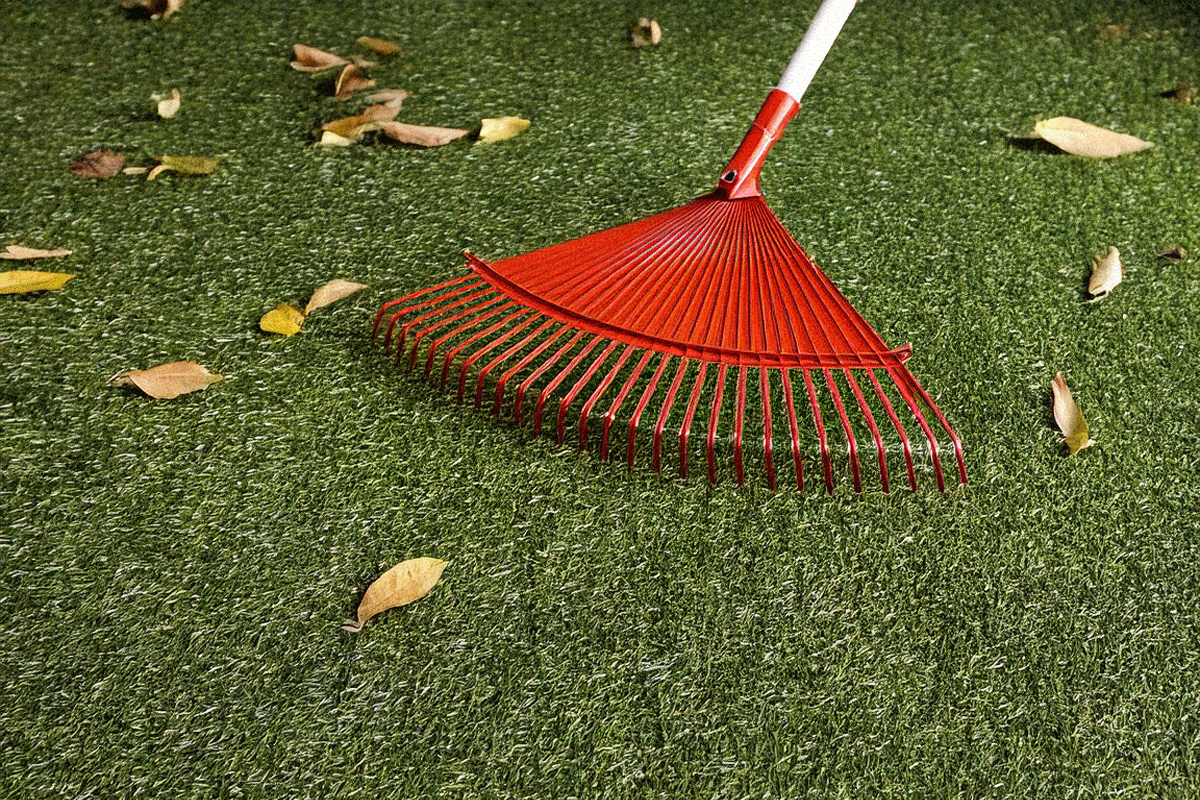
3. Remove Debris Promptly
During the summer, leaves, twigs, and other debris are likely to fall on your artificial lawn. If left unattended, this can cause discoloration or mold growth on the surface. Regularly remove any debris to keep your turf clean and to avoid any potential damage.
Tip: Use a leaf blower or a rake to remove large debris, and for smaller particles, a broom or brush will do the job. Make sure to dispose of debris promptly, as some items can stain if left too long.
4. Combat Pet Waste
If you have pets, keeping your artificial turf clean can be especially important in the summer months. While artificial grass is designed to be pet-friendly, waste left behind can create odors or stains if not cleaned up promptly. It's essential to pick up waste quickly and rinse the area to maintain cleanliness.
Tip: Use a pet-friendly turf cleaner or a simple solution of water and vinegar to rinse the area where pets have relieved themselves. Make sure the turf is completely dry to prevent odor buildup.
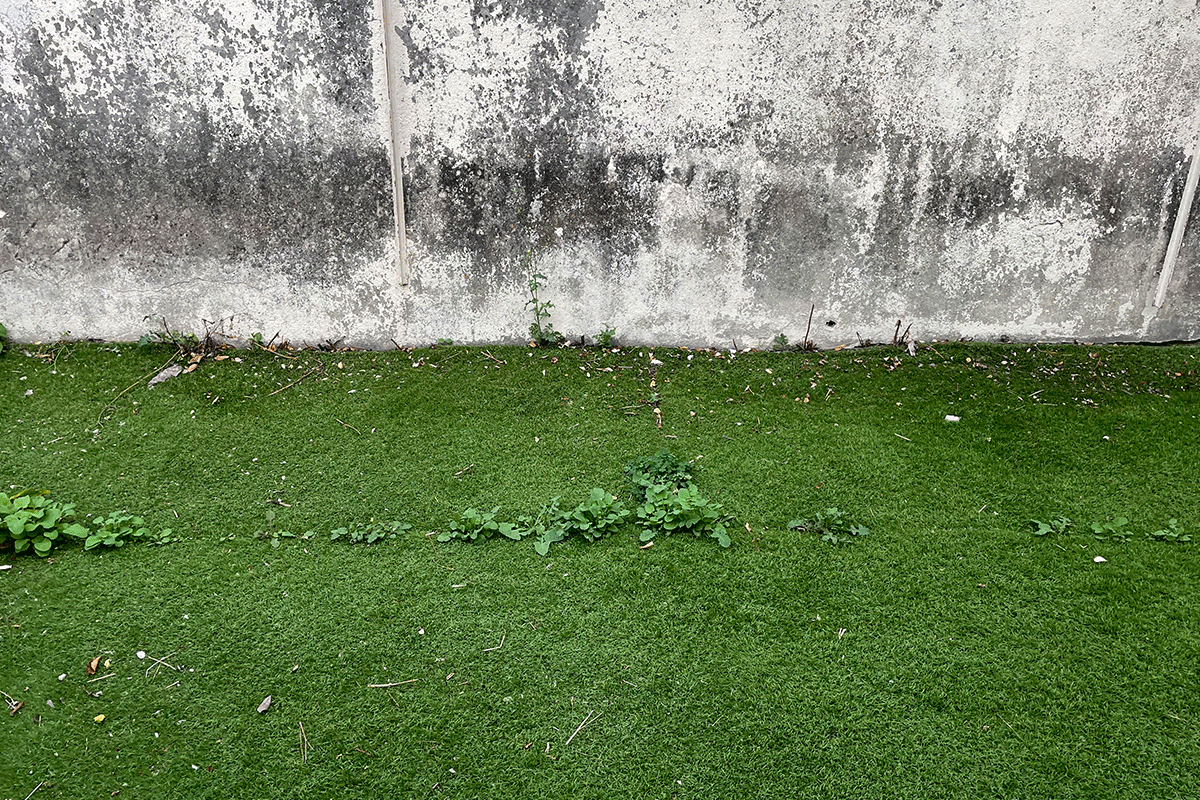
5. Control Weeds and Moss
While artificial grass is designed to minimize weed growth, weeds and moss can occasionally find their way through the seams or edges of the turf. It’s crucial to remove any unwanted growth promptly to prevent them from taking root and damaging the turf.
Tip: Apply a weed killer designed for artificial turf if you notice weeds growing. Regularly inspect the edges of your turf, where weeds are most likely to appear, and pull them out by hand if needed.
6. Top Up the Infill
Infill material is an important component of artificial turf as it helps support the fibers and gives your turf a more realistic feel. Over time, infill can be displaced due to use, weather, or pets. During the hottest months, when foot traffic and use are more frequent, it’s a good idea to check the infill levels and top them up if needed.
Tip: Use a broom to spread the new infill evenly across the surface, ensuring the turf fibers are well-supported.
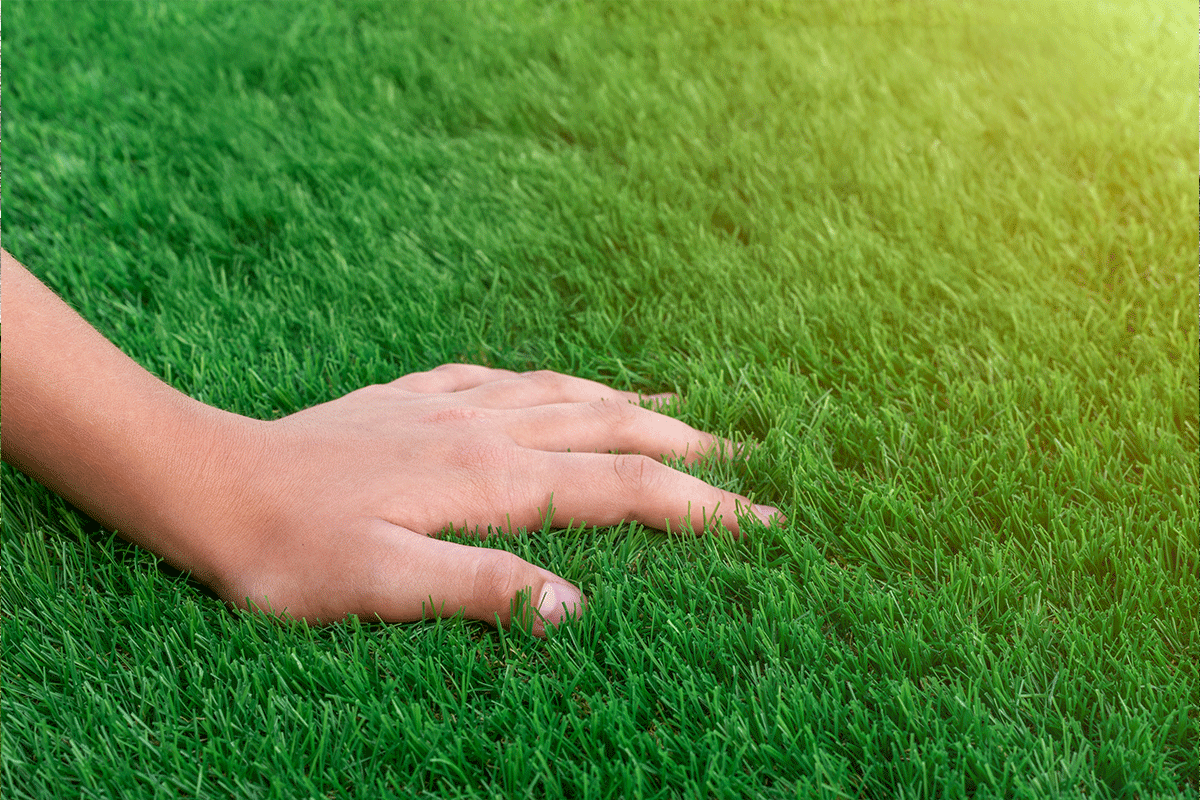
7. Address Heat Issues
Artificial turf can get quite hot during the summer months, especially when the sun is blazing. While this is a normal part of the turf’s performance, it’s important to ensure that it doesn’t become too uncomfortable or cause damage. To prevent your turf from getting too hot, make sure to keep it clean and regularly rinse it down to cool it off.
Tip: If the heat becomes excessive, use a hose to rinse the turf down in the early morning or late evening when temperatures are cooler.
8. Avoid Harsh Chemicals
To maintain the longevity and quality of your artificial turf, avoid using harsh chemicals, including bleach or ammonia-based products, that could degrade the material. Stick with turf-safe cleaners that are designed to remove stains and odors without damaging the fibers.
Tip: Always follow the manufacturer's recommendations for cleaning products to ensure you're using safe, effective solutions.
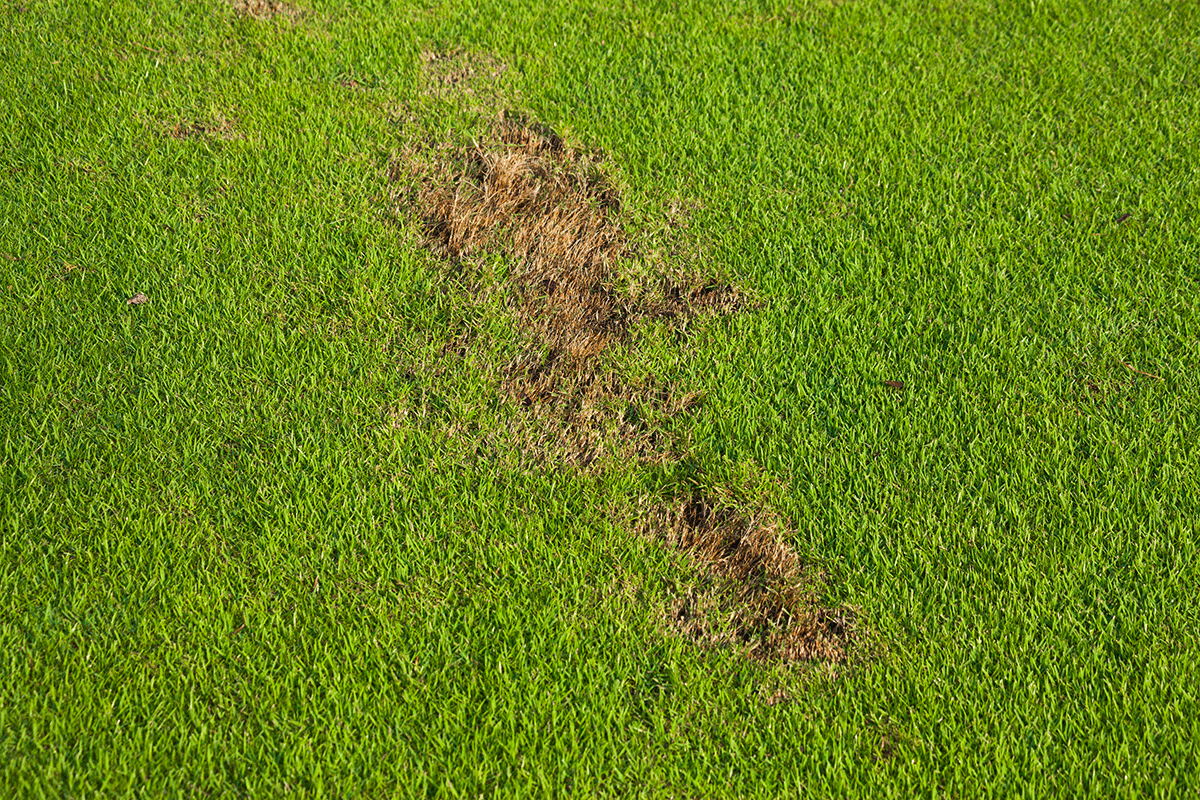
9. Inspect for Damage
Though artificial turf is durable, it’s always a good idea to periodically inspect it for any signs of damage, especially after extreme weather or heavy use. Check for any loose seams, tears, or areas where the fibers may be thinning. Addressing small issues early can help prevent larger problems in the future.
Tip: If you spot any damage, consider contacting a professional to repair it. They can seamlessly fix small issues and ensure your turf remains in top condition.
Conclusion
End-of-summer pruning and trimming are essential steps to help your lawn and garden prepare for the colder months. Not only does it improve the overall appearance of your landscape, but it also promotes healthier plants and a more vibrant garden for the spring. With these simple steps, your yard will be ready to face the fall and winter seasons while maintaining its beauty.
Need help with your pruning or trimming? Contact us today for expert advice and assistance in getting your landscape fall-ready!
